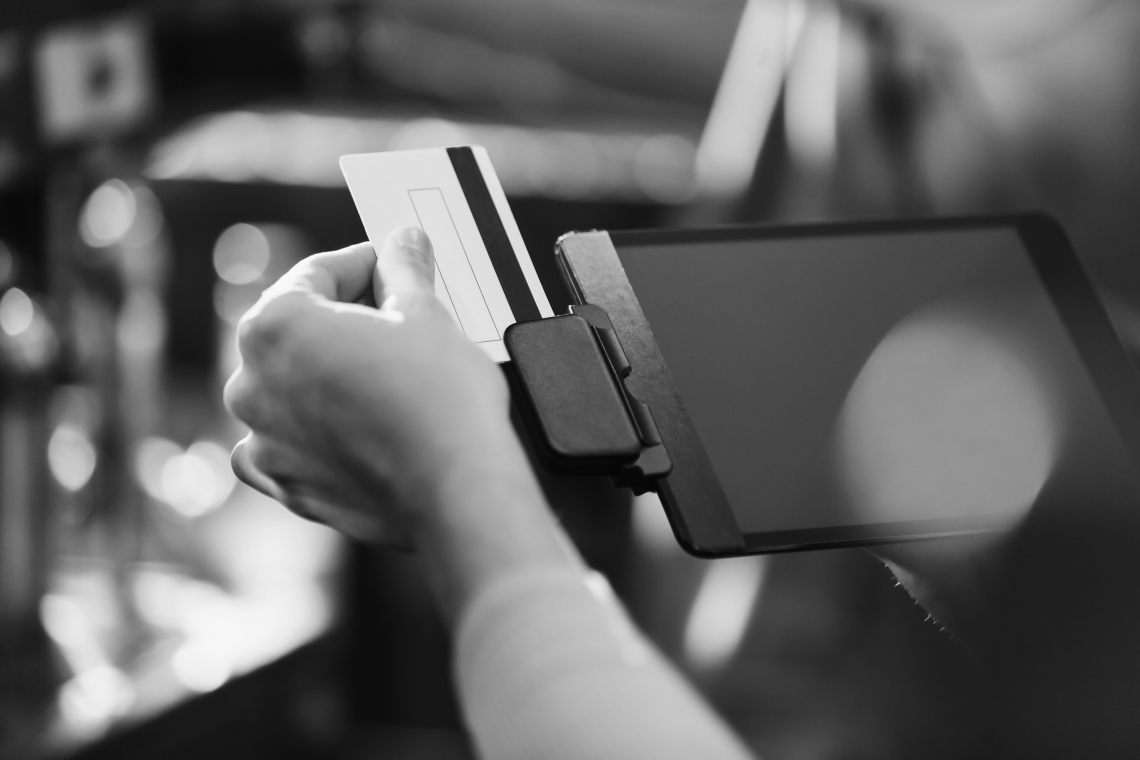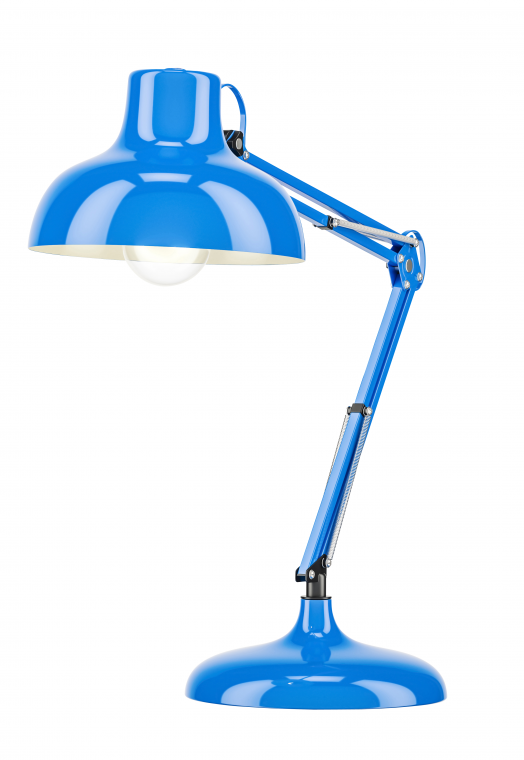Forward-thinking retailers and demanding consumers now expect much more from the humble cash register at checkout. The next generation point of sale (POS) can be a significant point of commercial differentiation, giving retailers and brands an opportunity to offer information-rich customer experiences.
Customers crave personalisation, with 75 percent saying they are more likely to buy from a retailer or brand that knows them by name, recommends options based on past purchases or knows their preferences. As e-commerce has shown, offering such product recommendations based on purchase history creates proven conversion opportunities that most stores aren’t currently able to capitalise on. That’s because store associates lack a single view of all customer transactions across multiple channels, hampering their ability to personalise the in-store experience based on the shopper’s buying habits. Real-time access to customer data, however, enables store associates to view their profiles, including purchase histories, average order values, online browsing habits, likes and dislikes, wish lists and loyalty status. Based on this granular information, sales staff can make highly personalised recommendations, nurturing their customers to achieve increased sales and repeat customers.
Shop the endless aisle
Online and in-store product assortments often continue to exist in silos. Even if employees have the ability to view online inventory in-store, the checkout process continues to remain separate between store and online purchases. Only a nextgeneration point of sale capable of processing unified basket transactions can bridge this gap. A real-time view of network-wide inventory will show the store associate if specific items are in stock on the premises or are available at another store or at a distribution hub. Customers will then have options of how and when they can complete their purchase—for example buy in-store, take away or order and have itdelivered. Unified basket transactions at the point of sale are the key to a seamless omnichannel customer experience.
Customers hate queues
90 percent of consumers say they will avoid a store completely if a line is too long. The answer is mobile point of sale that gives store associates the freedom to walk the shop floor, delivering personalised experiences and recommendations, upselling and cross selling products before seamlessly taking payment with their mobile device. Point of sale is clearly just one facet of the modern store environment. Modern retailers must be able to adapt faster than ever before. And that requires new thinking about systems, data, logistics and execution at every step along the buyer journey.

Lamps Plus enhances shopping experience
Lamps Plus has successfully deployed Manhattan Point of Sale to deliver an advanced omnichannel shopping experience to its customers. Lamps Plus is the largest specialty lighting retailer in the United States, operating a thriving e-commerce business, along with 36 stores. Lamps Plus decided it needed to upgrade its traditional POS system to a modern, omnichannel experience. Manhattan Point of Sale brings together selling, customer engagement and store inventory and fulfillment to help store teams deliver customer experiences with a single omnichannel system of record for managing customer interactions and transactions. The new software also allows Lamps Plus to choose from numerous hardware manufacturers, form factors and operating systems.
Clark Linstone, Chief Financial Officer, Lamps Plus:
“Manhattan Point of Sale provides our store associates with a holistic and comprehensive view of the customer so they can anticipate and quickly respond to any need.”

At Manhattan Associates we have an eye on the future and see trends taking shape today that will change how retailers need to operate tomorrow.
Next-level sales forecasting:
Using machine learning, effective control of orders will generate more accurate buying signals, which in turn will enable more dynamic inventory allocation and pre-ordering.
Channel demand patterns:
Data insights will emerge from connected commerce systems that reveal how channel use is evolving over time. This will inform future fulfilment strategies and the best route to long-term growth.
Growth of drop ship:
Direct-to-consumer shipments are already emerging as a new channel for fast, cost-effective delivery. Retailers can retain control of customer data but fulfil away from their own distribution centre. Supply chain and inventory management software must have the ability to adapt and scale in line with this trend.
Next-generation store experiences:
Digital handheld tools are appearing in-store so that staff can improve the omnichannel experience. These give access to ‘endless aisle’ inventory, clienteling services, individual customer preferences, POS, delivery and loyalty capabilities, and, over time, will play a greater role in shopper journeys.









Reacties 0